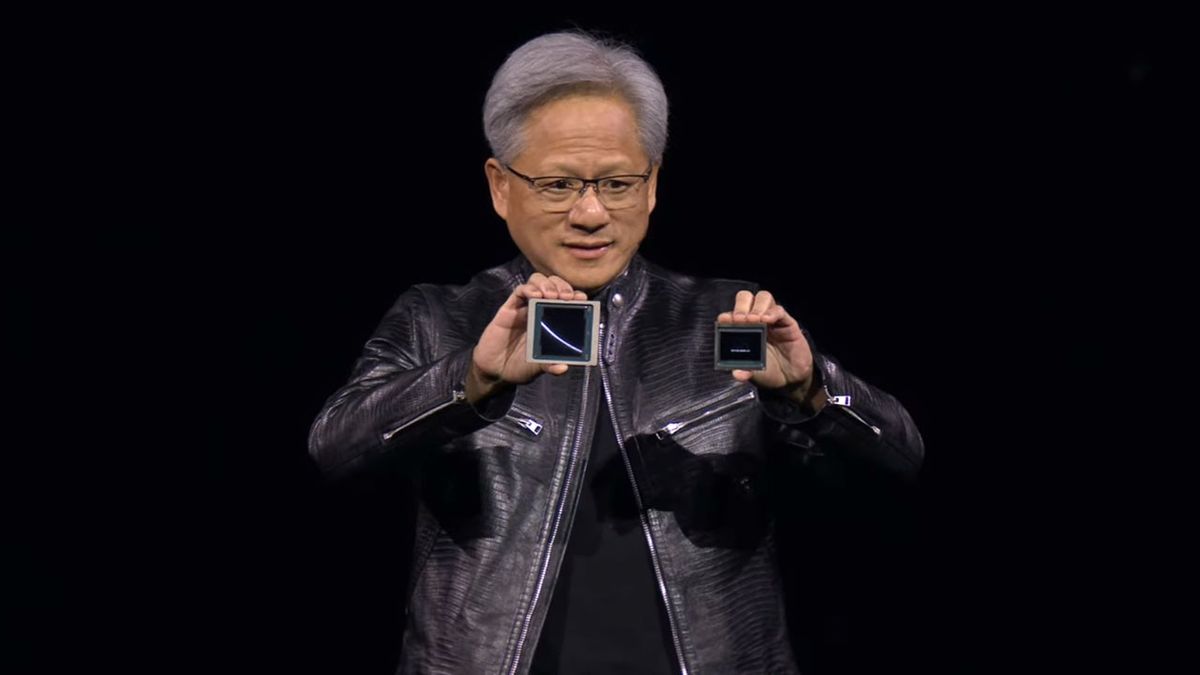DegustatoR
Legend
Kinda expected so not too sure if it's legit or someone is just making an obvious guess.
isn´t it too (s)low for mighty Nvidia ?Kinda expected so not too sure if it's legit or someone is just making an obvious guess.
It's a 30% bump from 4090 which would be impressive on the same process and a more complex chip.isn´t it too (s)low for mighty Nvidia ?
People noted if the rumor is true the chip sounds somewhat special and would get pretty insane boost clocks. (compared to the pretty high stock and OC boost clocks in Lovelace)isn´t it too (s)low for mighty Nvidia ?
Not necessarily. We don't know if Blackwell will have the same boost behavior.
If it will and this rumor is true though then yeah, sustained boost clocks should be around 3.6Ghz.
And its base is 2.235 GHz. Applying a similar ratio for a base of 2.9 GHz I get 3.5 rather than 3.6, but still much higher than Ada.How did you get to 3.6? The 4090 tops out at around 2.7.
More like 2.9.How did you get to 3.6? The 4090 tops out at around 2.7.


And its base is 2.235 GHz. Applying a similar ratio for a base of 2.9 GHz I get 3.5 rather than 3.6, but still much higher than Ada.
With the obvious caveat that two huge assumptions are being made there.
These two cards have the exact same base clock so there's nothing "souped up" there aside from power limit.Yeah let’s try to avoid using souped up AIB numbers when speculating on upcoming hardware.
These two cards have the exact same base clock so there's nothing "souped up" there aside from power limit.
Which if the earlier leaked unit numbers are true seem like the most likely option of achieving this target aside from some serious internal re-architecture.a 30% clock bump would be enough for the 5080 to match the 4090
yeah, they just add second 16 pin power conector to prevent meltingIt's a 30% bump from 4090 which would be impressive on the same process and a more complex chip.
The cooler will be smaller than on 4090 according to rumors ¯\_(ツ)_/¯yeah, they just add second 16 pin power conector to prevent melting

